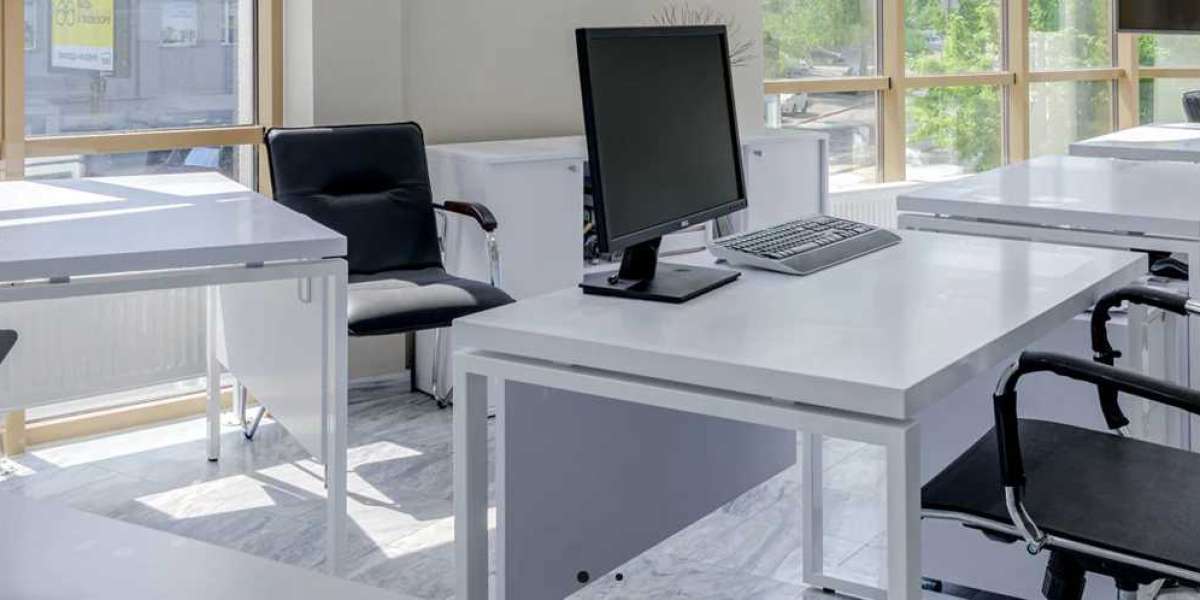Balancing aesthetics and functionality in office furniture is crucial for creating a workspace that is not only visually appealing but also efficient and comfortable. Achieving this balance involves thoughtful design choices that enhance the overall look and feel of the office while ensuring that the furniture meets the practical needs of its users. Here’s how you can strike the right balance between aesthetics and functionality in office furniture:
1. Understand the Needs of the Workspace
- Identify Key Functions: Determine the primary activities and tasks that will take place in the office, such as individual work, meetings, or collaborative projects, and choose furniture that supports these functions.
- Consider User Comfort: Prioritize ergonomic features that enhance comfort and support productivity, such as adjustable chairs and desks that can accommodate various body types and preferences.
2. Choose a Cohesive Design Style
- Consistent Aesthetics: Select a design style that aligns with your brand identity and office culture, whether it’s modern, minimalist, traditional, or industrial, and maintain consistency throughout the office.
- Color Schemes: Use a cohesive color palette that complements the overall design, incorporating colors that enhance focus and creativity without overwhelming the space.
3. Opt for Multi-Functional Furniture
- Convertible Desks and Tables: Choose furniture pieces that can serve multiple purposes, such as desks that double as storage units or tables that can be adjusted for different uses.
- Modular Systems: Implement modular furniture systems that can be reconfigured to adapt to changing needs and maximize space efficiency.
4. Prioritize Quality and Durability
- Invest in Durable Materials: Select high-quality materials that ensure longevity and withstand the wear and tear of daily use, such as solid wood, metal, or high-grade plastics.
- Sustainable Choices: Consider eco-friendly materials and manufacturing processes that support sustainability and reduce environmental impact.
5. Incorporate Technology Seamlessly
- Integrated Tech Features: Choose furniture with built-in technology features, such as cable management systems, wireless charging stations, and power outlets, to support a tech-driven workspace without clutter.
- Smart Furniture: Explore smart furniture options that offer additional functionality, such as adjustable lighting or climate control, enhancing both aesthetics and practicality.
6. Balance Open and Private Spaces
- Collaborative Zones: Design open spaces with flexible seating arrangements and communal tables to encourage collaboration and teamwork.
- Private Areas: Incorporate private workstations or pods for focused tasks that require concentration, ensuring a mix of open and private spaces to cater to different work styles.
7. Incorporate Personalization and Flexibility
- Adjustable Elements: Offer furniture that can be easily adjusted or customized to suit individual preferences, such as height-adjustable desks and chairs with customizable features.
- Personal Touches: Allow employees to personalize their workspaces with decorative items or plants, adding a touch of personality and comfort to the office environment.
8. Maintain a Clean and Organized Space
- Efficient Storage Solutions: Use furniture with integrated storage options, such as cabinets and shelves, to keep the office organized and free of clutter.
- Minimalist Design: Embrace minimalist design principles that focus on clean lines and simple forms, reducing visual clutter and enhancing the overall aesthetic.
9. Emphasize Natural Light and Biophilic Design
- Natural Elements: Incorporate natural materials and elements, such as wood, stone, or plants, to create a calming and inviting atmosphere.
- Optimize Lighting: Use furniture placement and design to maximize natural light and create a bright, airy environment that boosts mood and productivity.
Conclusion
Balancing aesthetics and functionality in office furniture requires a thoughtful approach that considers the practical needs of the workspace while creating an environment that is visually appealing and aligned with the company’s values. By focusing on ergonomic design, cohesive aesthetics, multi-functional furniture, and sustainable practices, you can create an office space that enhances productivity, well-being, and employee satisfaction. This balance not only improves the overall work experience but also contributes to a positive company culture and brand image.☺








